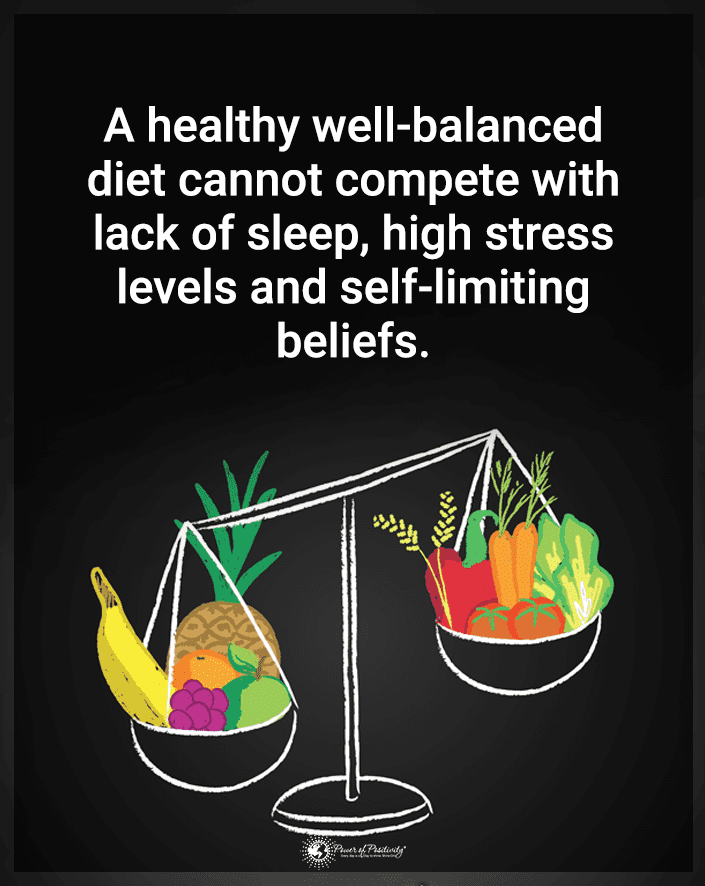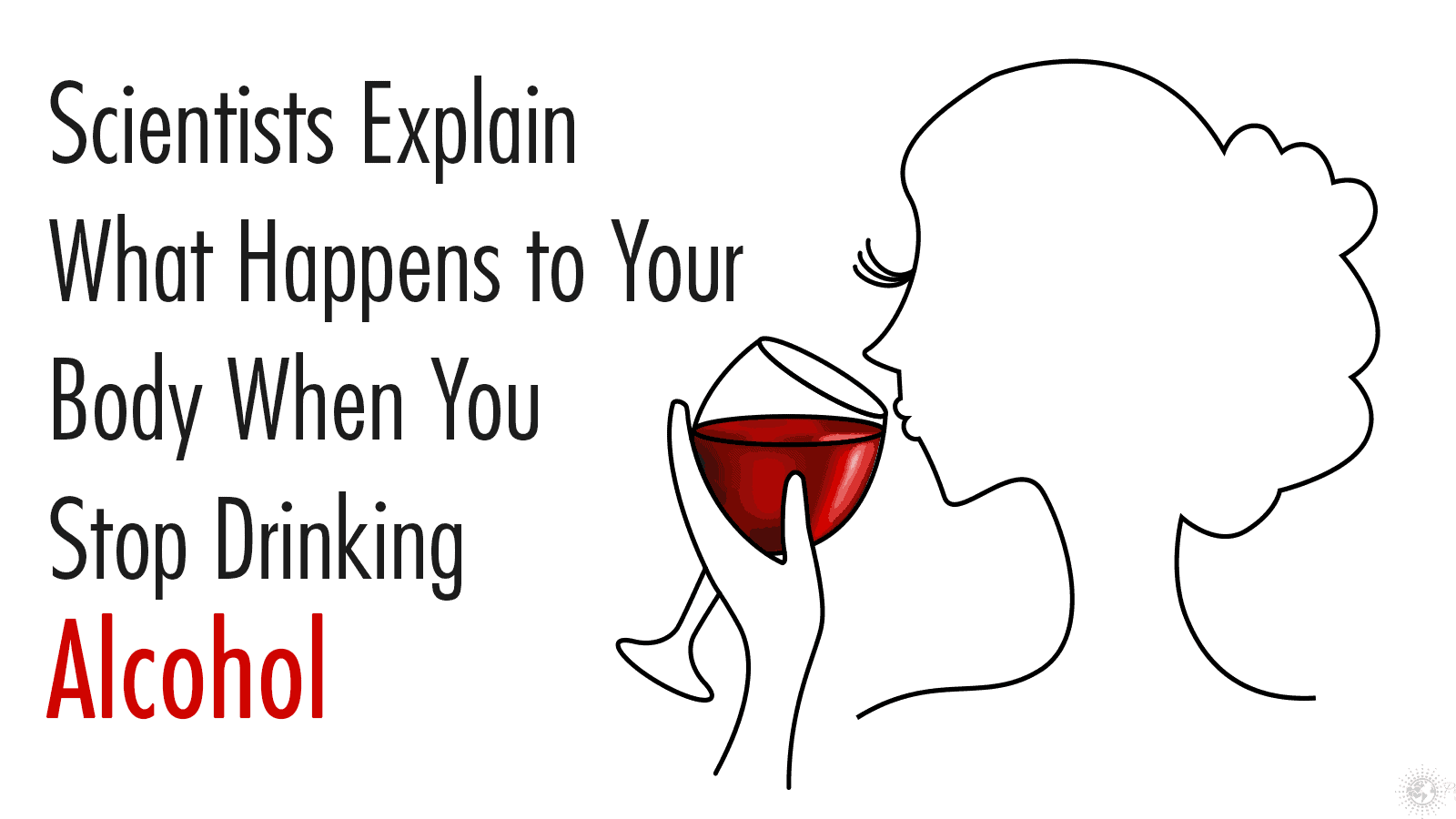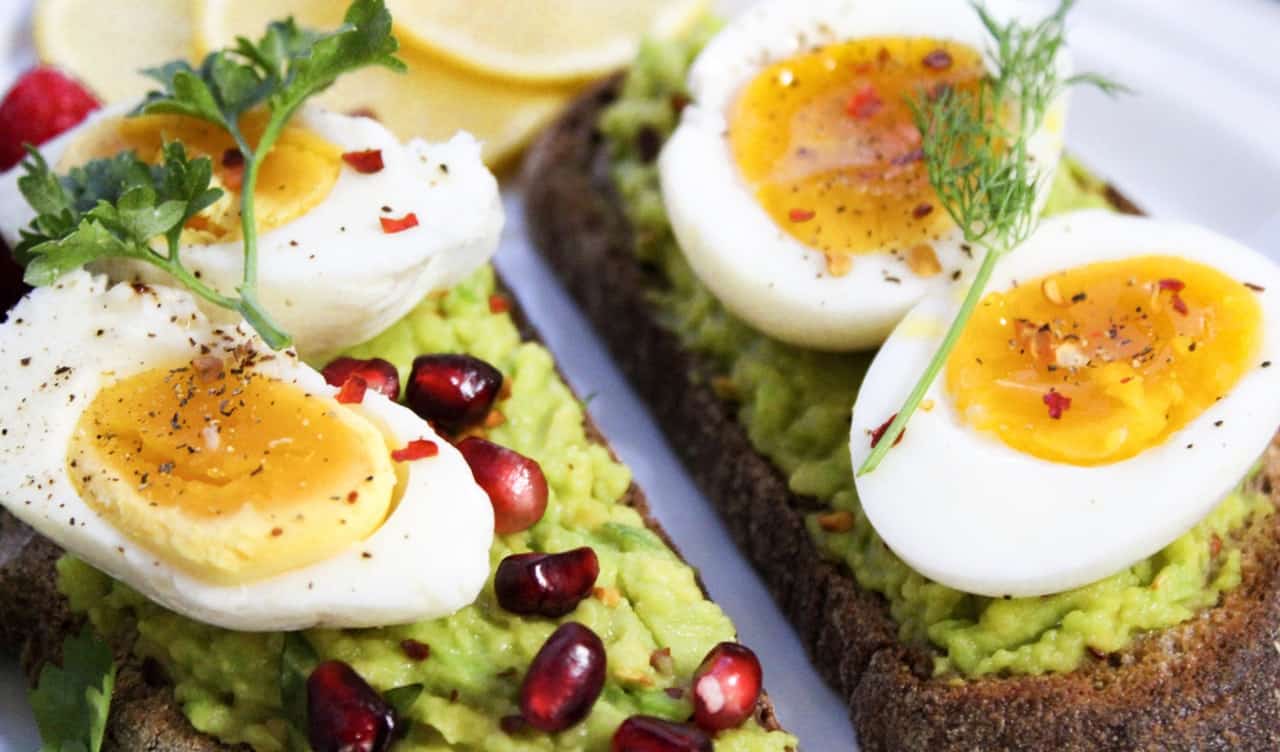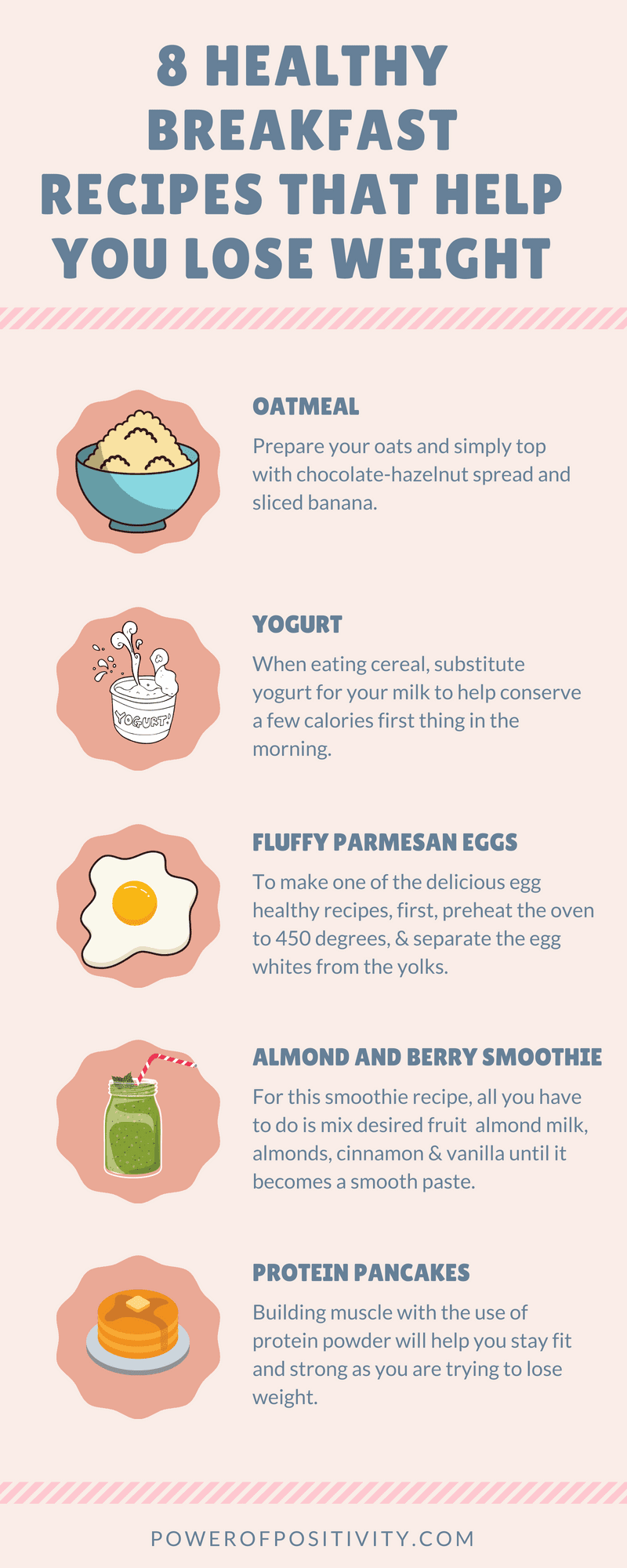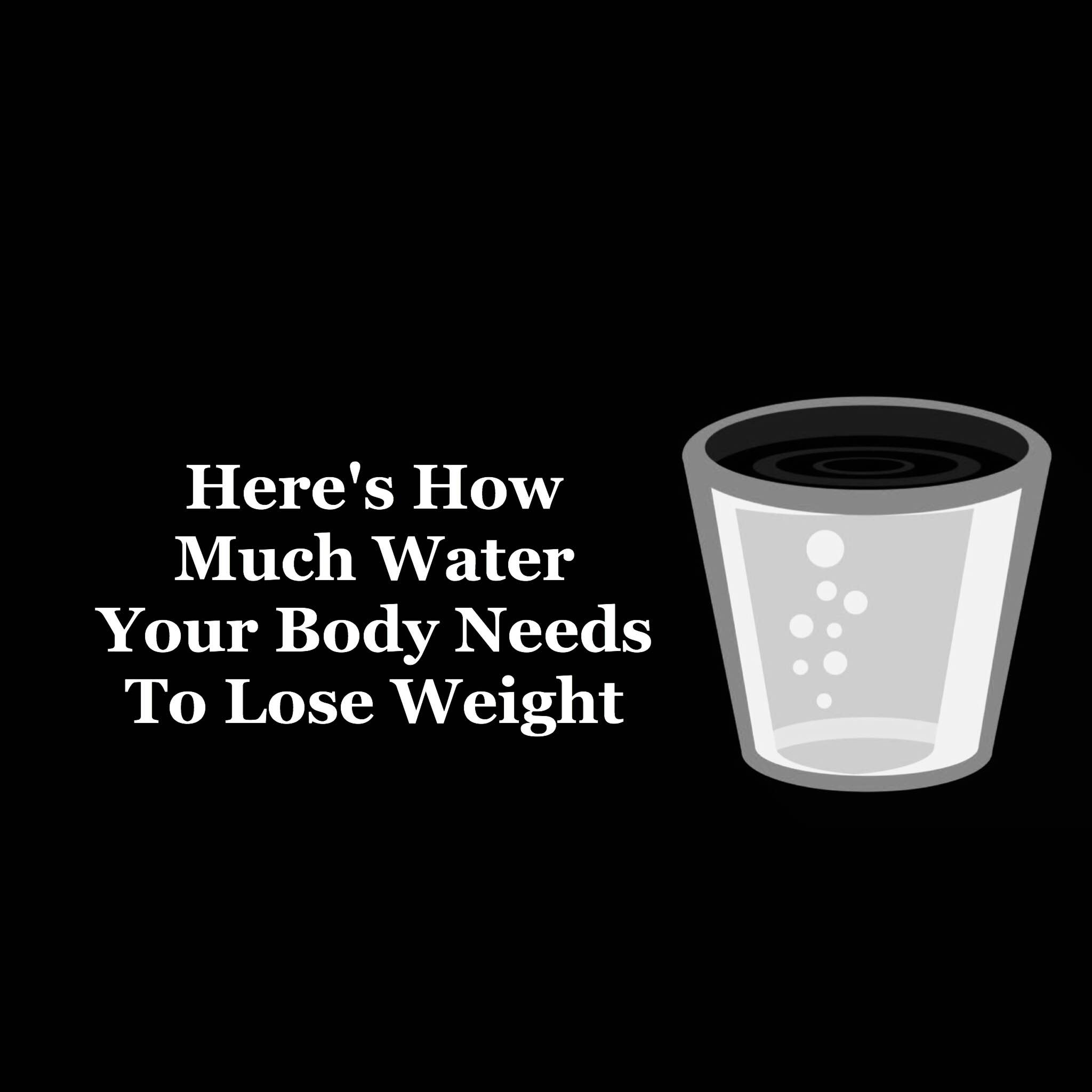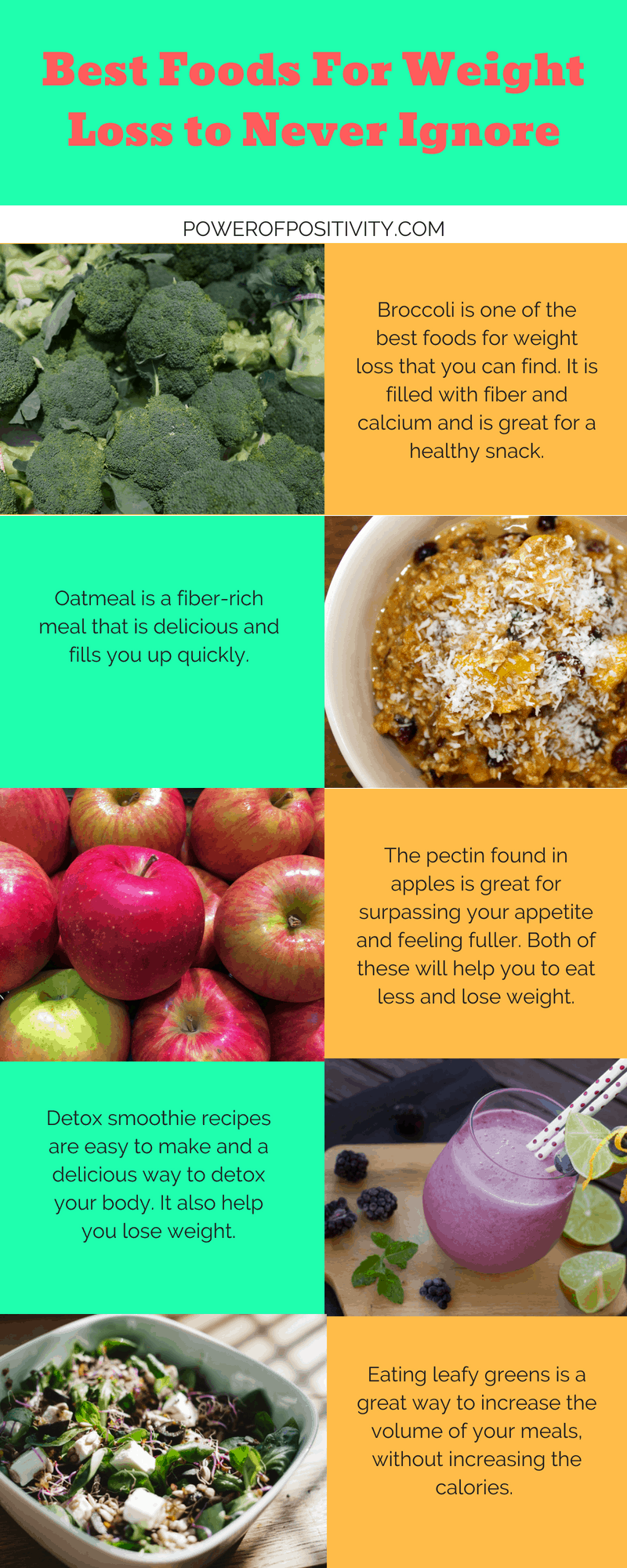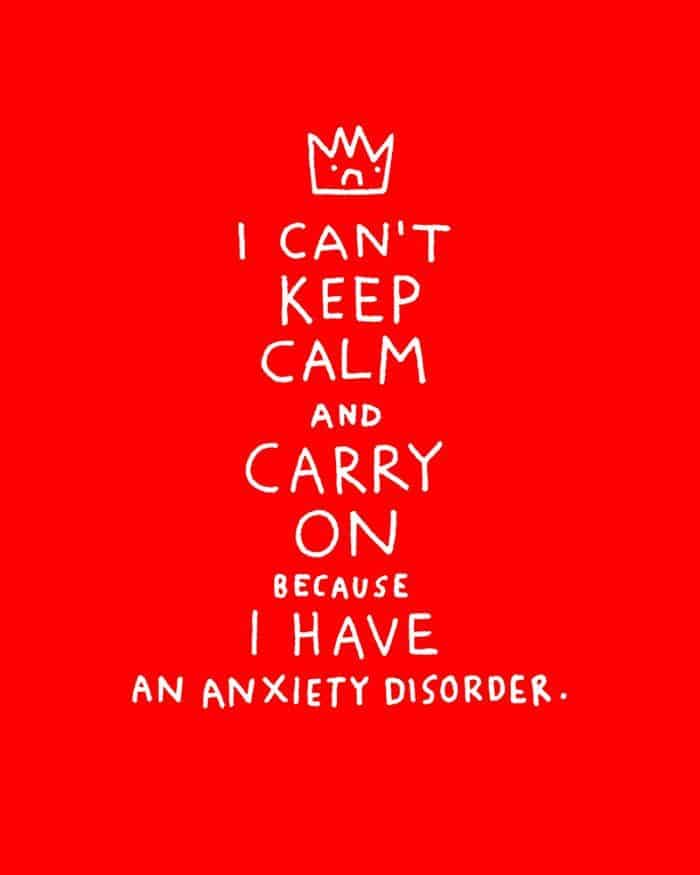The ketogenic diet is everywhere these days. More people are getting clued into the health benefits of a keto diet plan for weight loss and overall good health. But what is keto? A ketogenic diet is a low carb high fat (LCHF) way of eating. Ketogenic eating trains your body to use fat as its main fuel source instead of glucose. This fat-burning state is called ketosis.
It’s important to understand what a ketogenic diet is, what it is not and how to use it for maximum success. Here are 10 keto diet tips you should be aware of before you embark on a ketogenic diet.
Things You Need to Know Before Going For a Keto Diet Plan
Keto is a Lifestyle Change, Not a Diet
For keto to have a lasting impact on your health, you must stick with it long term. Carb-heavy cheat days will throw you out of ketosis and will prevent you from reaping the rewards of this lifestyle. Carbs should be introduced gradually and with caution to avoid kicking your body out of a ketogenic state.
Keto Flu is Real – and Totally Preventable
Fear of “keto flu” is a big deterrent for people starting a keto diet plan. Marked by headaches, brain fog and general fatigue, keto flu is the natural physical result of entering ketosis. Adding electrolyte supplements and extra salt to your diet can help mitigate these short-term effects.
Keto is Not a High Protein Diet
It is a common misconception that a ketogenic diet is all about high protein. In fact, keto diets are high in fat, moderate in protein and low in carbohydrates. Generous amounts of healthy fat promote satiety. Excess protein is not recommended as it can convert to glucose and knock you out of ketosis.
Keto is Not a Magic Trick
Keto is not a magic trick – although it may feel like one at times! During your first few weeks on the keto diet, you may experience rapid water weight loss. As time goes on, your fat loss will level off and may even plateau. The beauty of keto is how easy it is to control hunger once your body gets used to a low-carb lifestyle. You can still overeat on keto, so it’s important to keep track of what you are putting in your mouth.
Some Experience Unusual Body Changes on Keto
Ketosis can affect your body in a number of ways, both positively and negatively. Some people report high energy levels and improved mental capacity. Others complain of strange body odor, bad breath and brain fog. Women may experience changes in their menstrual cycles, as their hormones balance out from this new way of eating. The unpleasant symptoms associated with a keto diet plan should subside as your body adjusts to being in ketosis.
You Can Enjoy Your Favorite Foods on a Keto Diet Plan
Just because you are limiting carbs doesn’t mean that you can’t enjoy your favorite foods. Keto diet tips and recipes are plentiful on the Internet. There are limitless recipes and low-carb versions of most popular foods – even pizza and brownies! Exercise caution with sugar substitutes, though, as some have a high glycemic impact and can kick you out of ketosis.
What You Drink on Keto is Important
It is crucial to monitor the beverages you consume on a keto diet. Humans need lots of water to function. Proper hydration also keeps us from mistaking thirst for hunger. Artificial sweeteners in diet drinks may cause weight loss stalls, so proceed with caution. Alcoholic beverages are not off limits. Stick to lower carb options such as dry wines and hard liquors. Bulletproof coffee, or “fat coffee” is popular with ketogenic dieters who want to avoid sugar-laden coffee drinks.
Keto is Not Just for Weight Loss
Keto can be phenomenal for weight loss. However, the ketogenic lifestyle is gaining popularity among those suffering from chronic conditions such as diabetes, PCOS (Polycystic Ovarian Disease) and some neurological illnesses. Medical research is relatively new in this area, but more and more people are turning to a low-carb lifestyle to help stave off or heal disease.
Watch Out For Hidden Carbs
Keto food options are plentiful and delicious, but keto doesn’t allow much wiggle room when it comes to carbs. Incremental sneaky carbs can hide in a variety of “safe” items such as dairy, beverages and processed foods. Double-check serving sizes and nutritional labels to avoid carb creep. The easiest way to avoid hidden carbs is to stick to whole foods with no added ingredients.
Planning is Key for Ketogenic Success
The best way to ensure keto success is to plan ahead. Quick grab convenience foods are almost always heavy in carbs. Setting aside time to plan meals can make a huge difference in your success or failure. Are you planning an evening out? Check the menu ahead of time and decide what you will order. A little preparation goes a long way!
Keto living is easier than now than ever before. Many restaurants and grocery stores offer delicious low-carb options. Substitutions of carb-heavy ingredients are plentiful and affordable. Don’t be afraid to ask for a salad instead of fries or avocado slices in place of bread.
A keto diet plan is not a fast weight loss gimmick. It can, however, be a very effective tool on your fitness journey. If you follow these keto diet tips, you will be well on your way to succeeding with a ketogenic lifestyle. Keep calm, keto on and don’t obsess about the scale.


